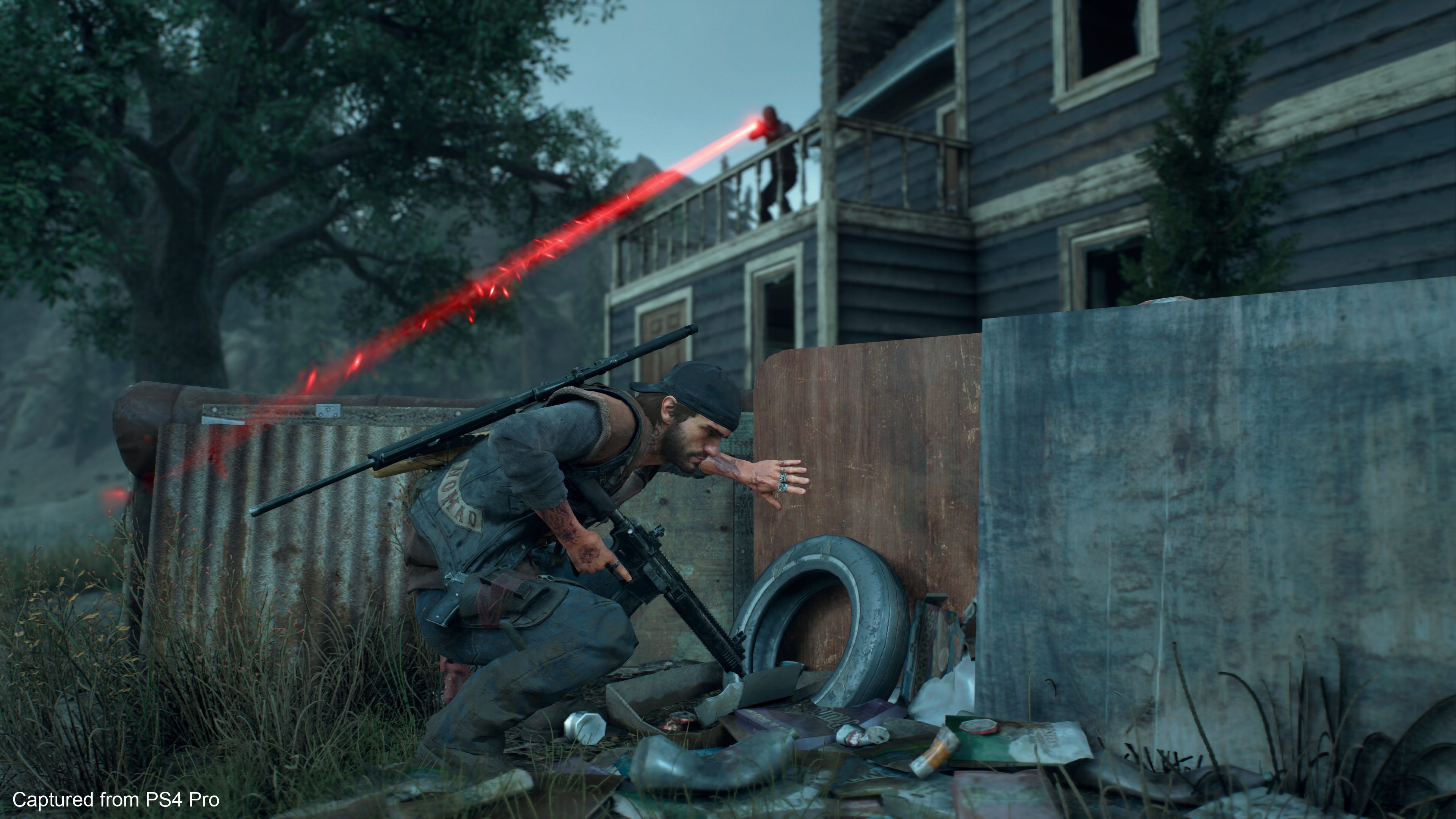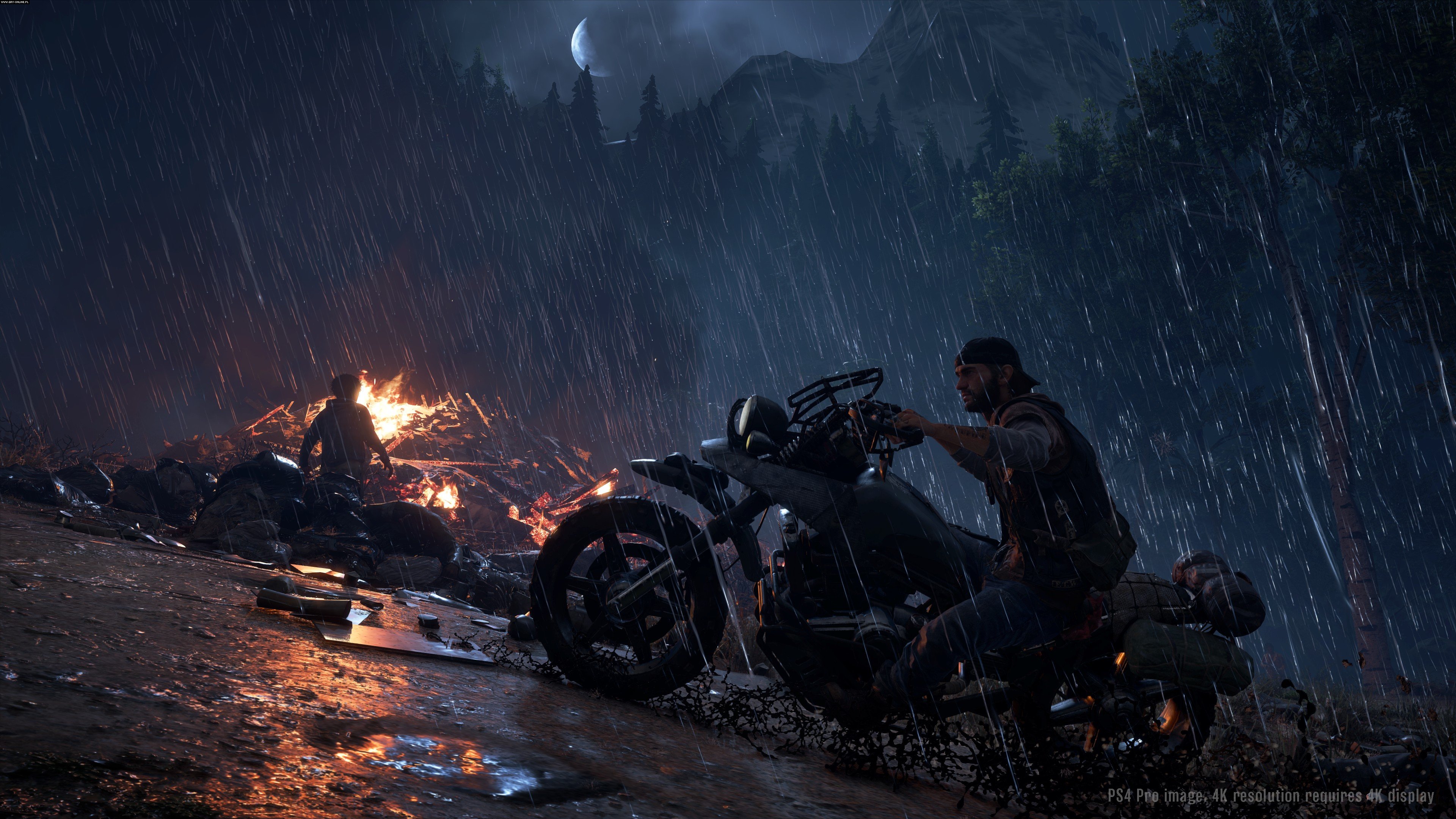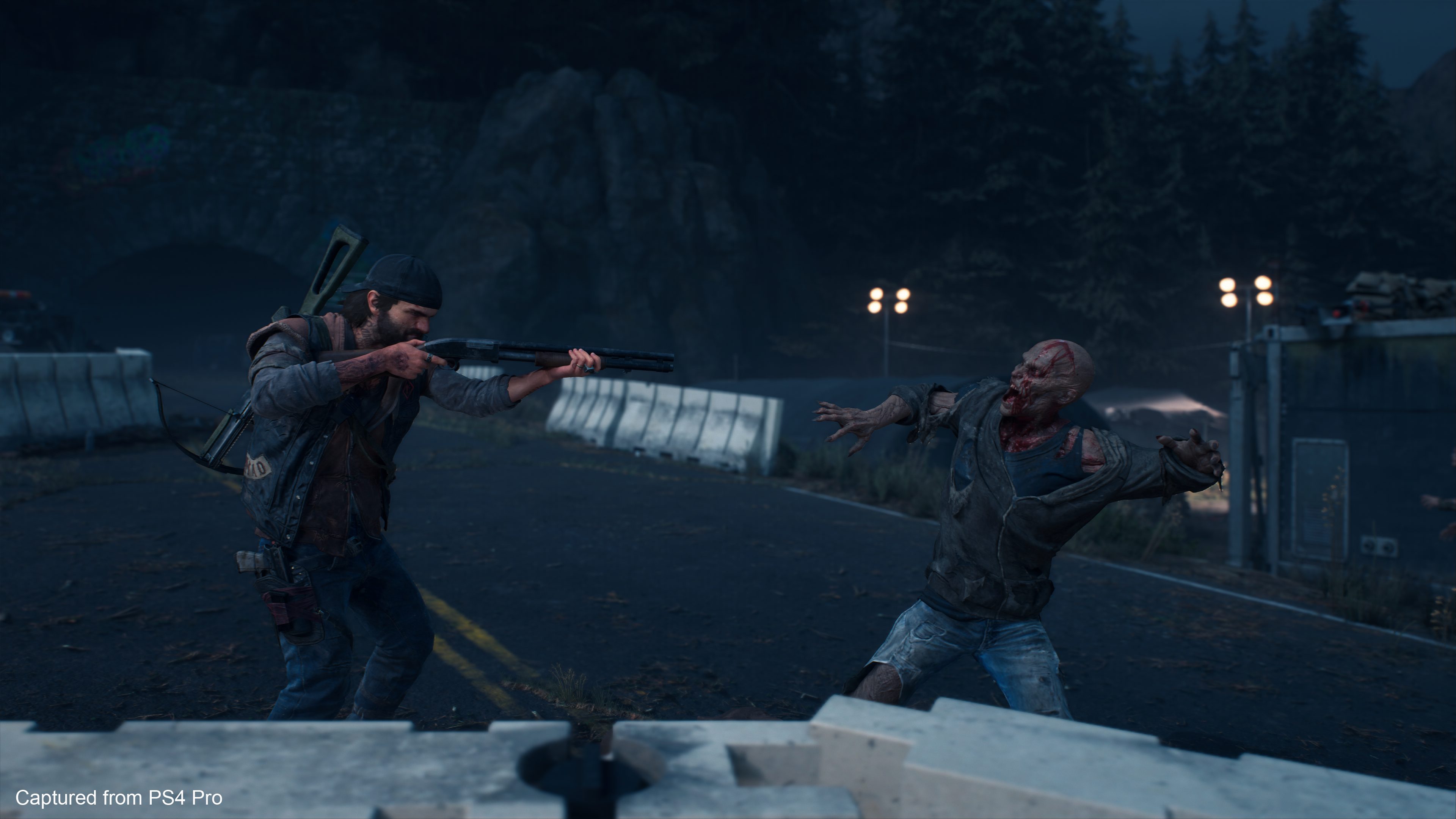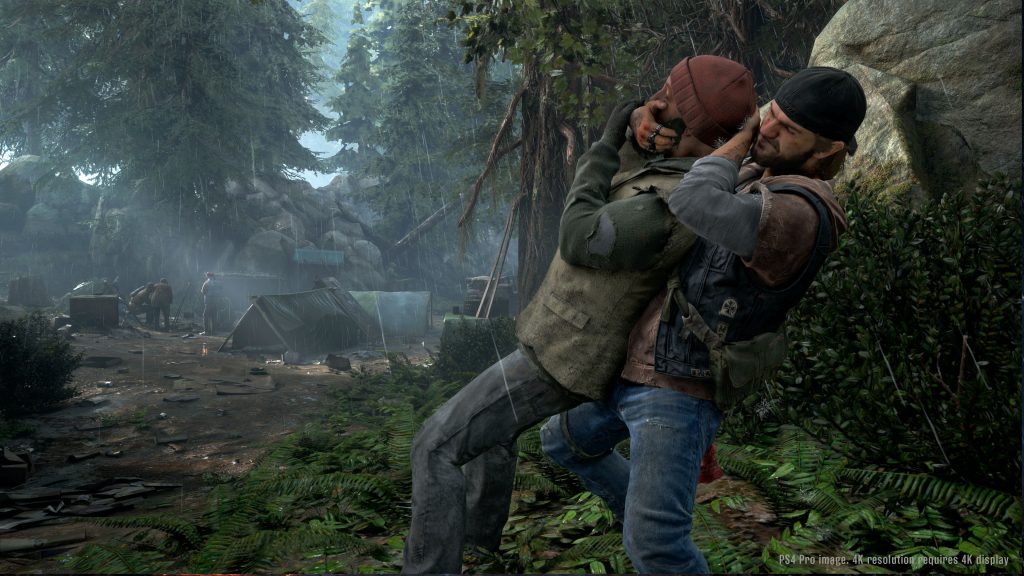Zombies aren’t exactly a new concept. Debatably, the first ever zombie movie was Victor Halperin’s 1932 opus White Zombie, but with 1968’s Night of the Living Dead zombies began to pass into mainstream culture. Since then, we’ve had seminal movies like 28 Days Later and Shaun of the Dead, as well as games like Resident Evil and wonderful books like World War Z. It’s safe to say that zombies are very much part of our pop cultural awareness nowadays.
With that in mind, if a new game or movie or book wants to tackle zombies as its subject matter then it’s going to need to bring its A game. With the market so oversaturated with zombie media, a new zombie story needs to have a unique hook or selling point to convince people that it’s not just “another zombie game”. Enter Days Gone, the latest title from Syphon Filter developer SIE Bend Studio. Will Days Gone prove itself a fresh take on the zombie apocalypse, or will it be as stale as its subject matter?
Days Gone follows the “adventures” of Deacon St. John, referred to as “Deke” by those around him (no, that never gets old). Deke’s a sort of mercenary-come-drifter who solves the problems of those he encounters while wandering the zombie-infested wasteland of the Pacific Northwest. Deke is looking for his wife, but don’t let that bother you; he certainly doesn’t. The plot here is largely an excuse for a series of vignettes centred around some colourful characters, although it does have its moments.

Right off the bat, it’s worth noting that Days Gone doesn’t really seem to know what it wants to be. On the one hand, it wants to tell a story about pain and loss in the wake of a devastating epidemic, but on the other hand it’s also a game with a lot of very “video game”-style systems. It wants to offer its players freedom, but its sandbox map is frustratingly limited in places and doesn’t offer the same scale and scope as something like The Legend of Zelda: Breath of the Wild does.
So what does Days Gone actually have going for it? Well, for one thing, the scenery is absolutely breathtaking. It’s kind of a prerequisite for an exclusive title to have incredible visuals, and Days Gone is no slouch in this department. As the sun sets over distant cliffs and the trees are silhouetted by the light, you’ll gasp in awe and wonder. Moment-to-moment visuals communicate the game’s solemn atmosphere effectively: the rust on a truck, the swaying grass, the rotting flesh of the Freaker horde (they’re definitely not zombies).

Another thing that’s super-fun about Days Gone is Deke’s bike. The game takes some cues from racing games of all things, allowing Deke to customise his ride with new components and parts. These components usually have a function; a new exhaust reduces the amount of noise the bike makes, while engine upgrades increase its top speed. It’s not going to win any awards for creative ways to use vehicles (although there is a nice little resupply feature that the bike provides), but Deke’s bike feels surprisingly like a part of him. It’s almost as easy to get attached to the two-wheeled monster as it is to the other characters in the game.
Days Gone is also a lot of fun to play in a moment-to-moment sense. The template is the standard triple-A sandbox mode, which is to say lots of stealth, lots of action-adventure, and lots of crafting. Combat feels visceral and satisfying, and the way Deke’s melee weaponry connects with Freaker heads is a shameful joy to behold. The shooting is…well, it’s fine, but it’s not the main draw of the game. Ammo is scarce and zombie hordes are numerous, which made us feel like Days Gone was trying to actively discourage us from combat.

That means the stealth has to be robust, and for the most part, it works fine. There’s a standard suite of stealth tools and indicators included in Days Gone; there’s a visibility indicator, a stealth takedown, and grass to hide in to make oneself invisible from Freakers. You can also throw objects to distract enemies, and later on there’s a crafting item you can use to accomplish this purpose too. The stealth in Days Gone is fun enough, but it’s not really innovative or creative.
If there’s a single phrase that describes Days Gone, it’s “not really innovative or creative”. This is a game that feels like the entirety of triple-A sandbox development over the last eight years or so distilled into a single experience. If you’re in the market for that, then Days Gone is probably the best version of this game you could possibly play. It pips 2015’s Mad Max to the post with ease, and although it’d struggle against the likes of Far Cry, it’s an absorbing and enjoyable experience while it lasts.
Purchase Now.
This post didnt have a specific author and was published by PS4 Home.


